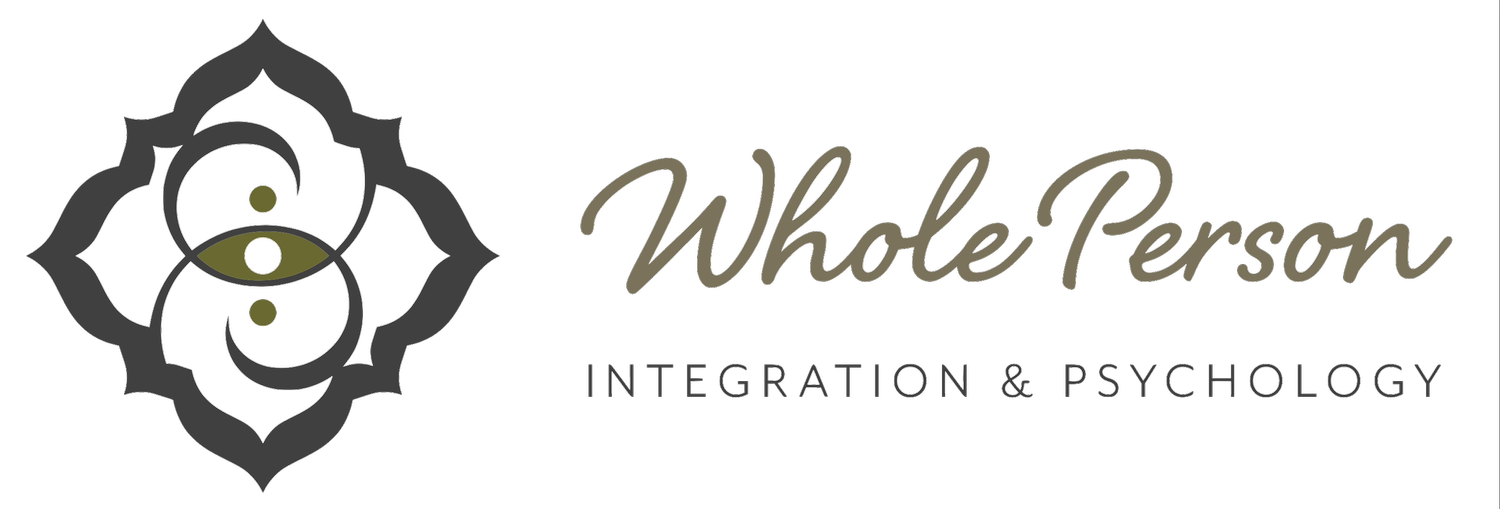Enmeshment vs. Emotional Availability in Relationships: How to Tell the Difference
By Dr. Denise Renye
When we’re exploring intimacy, it’s easy to confuse emotional closeness with emotional merging. For many of us—especially those healing attachment wounds—the difference between being emotionally available and being enmeshed can feel unclear.
In my clinical work as a trauma-informed psychologist and sex therapist, I see this question come up all the time:
“How do I know if what I’m experiencing is healthy emotional connection… or emotional enmeshment?”
It’s a tender, important question. Let’s take a closer look at these two relationship dynamics, and how to start recognizing the difference in your own life.
What Is Emotional Availability in a Relationship?
Being emotionally available means being present—with yourself and with another. It’s the ability to show up with openness, curiosity, and a willingness to be impacted by the emotional experience of someone you care about, while still staying grounded in your own sense of self.
Emotionally available partners can:
Tune in to their own emotional needs
Listen without needing to fix or control
Hold boundaries without punishing or withdrawing
Make space for both connection and individuality
When someone is emotionally available, intimacy feels spacious. There’s room to be different. There’s permission to breathe.
What Is Enmeshment in a Relationship?
Enmeshment is a relational pattern where the boundaries between two people become blurred. Instead of emotional availability, enmeshment creates emotional fusion. It can feel like:
“Your feelings are my responsibility.”
“If we’re not constantly connected, I don’t feel secure.”
“I’m not okay unless you’re okay.”
Enmeshment often stems from unresolved trauma or early attachment patterns. It’s common in families where emotional roles were confused, or where independence was punished. In adult relationships, enmeshment might look like over-functioning, people-pleasing, or chronic anxiety around separation and conflict.
Key Differences Between Emotional Availability and Enmeshment
| Emotionally Available Partner | Enmeshed Relationship Dynamic |
|---|---|
| Shares feelings while respecting yours | Absorbs or mirrors your emotional state |
| Can tolerate space and difference | Needs constant closeness to feel safe |
| Sets boundaries with care | Feels guilt or fear when asserting needs |
| Invites mutual support and growth | Over-identifies with partner’s pain or story |
| Honors their own inner world | Merges with the partner’s identity |
Plot twist: enmeshment is actually a form of emotional unavailability. It might look like closeness—like constant texting, intense attunement, or being deeply involved in each other’s emotions—but beneath the surface, enmeshment often reflects a lack of differentiation. When we merge with a partner out of anxiety or fear of abandonment, we’re not truly showing up as our whole selves. We may lose track of our own needs, opinions, or emotional states in service of staying connected. And if we’re not connected to ourselves, we can’t actually be available to anyone else.
True emotional availability requires both intimacy and autonomy. It’s about being present with someone while staying rooted in your own internal world. Enmeshment might feel like availability—but it’s often a survival strategy, a way to manage anxiety rather than cultivate real connection. The difference is subtle, but profound. Emotional availability says: “I’m here with you, and I’m still me.” Enmeshment says: “I’ll disappear if it means you’ll stay.”
Why It Matters
When we confuse enmeshment for intimacy, we often stay stuck in patterns that leave us exhausted, anxious, or resentful. Emotional availability is a much slower burn—it’s less dramatic, but more sustainable. It helps us build secure attachment, deepen self-trust, and grow real intimacy without losing ourselves.
If you’re someone who’s doing the work of healing from relational trauma, you might notice that enmeshment feels familiar—because it once felt like love or safety. That’s okay. Unlearning these patterns takes time, patience, and often support.
What Healing Looks Like
If you're noticing signs of emotional enmeshment in your relationship—or in the way you relate—you’re not alone. These are deeply human patterns. Healing them starts with awareness, and often unfolds through:
Somatic practices that help you reconnect with your own body and boundaries
Inner child work to tend to early attachment wounds
Therapy focused on relational healing and nervous system regulation
Practicing self-reflection before emotionally reacting or merging with a partner
Choosing partners who respect your autonomy, not just your availability
As a psychologist and AASECT certified sex therapist, I support individuals and couples in learning how to recognize emotional enmeshment, build emotional availability, and create relationships rooted in mutual care and clarity.
You Deserve Relationships Where You Can Be Fully You
Healthy love doesn’t ask you to disappear. It doesn’t require you to manage someone else’s feelings or constantly prove your loyalty.
Healthy love invites you to stay connected to yourself and another.
It’s not about being perfect. It’s about being present—with compassion, with boundaries, and with the courage to love without losing yourself.
Looking for a therapist who understands the nuance of emotional availability, enmeshment, and secure attachment?
I offer trauma-informed therapy, sex therapy, and clinical consultation—both in-person in Marin County and online across California, Colorado, and Oregon.
Learn more at www.wholepersonintegration.com or reach out directly to schedule a consultation.

